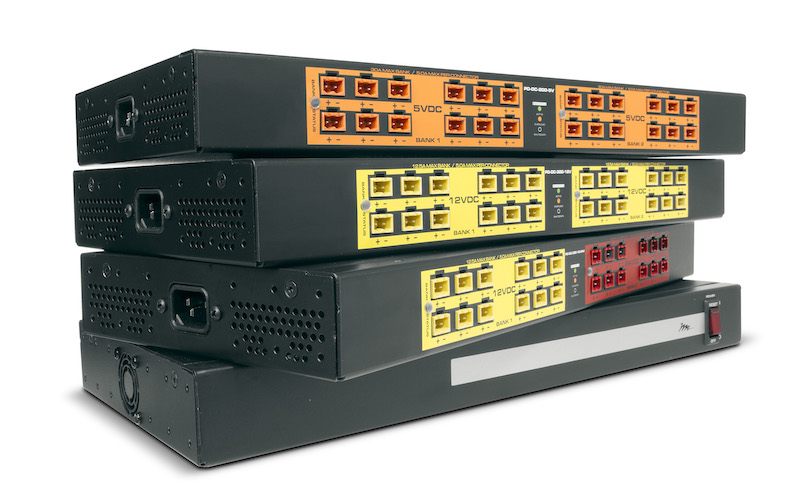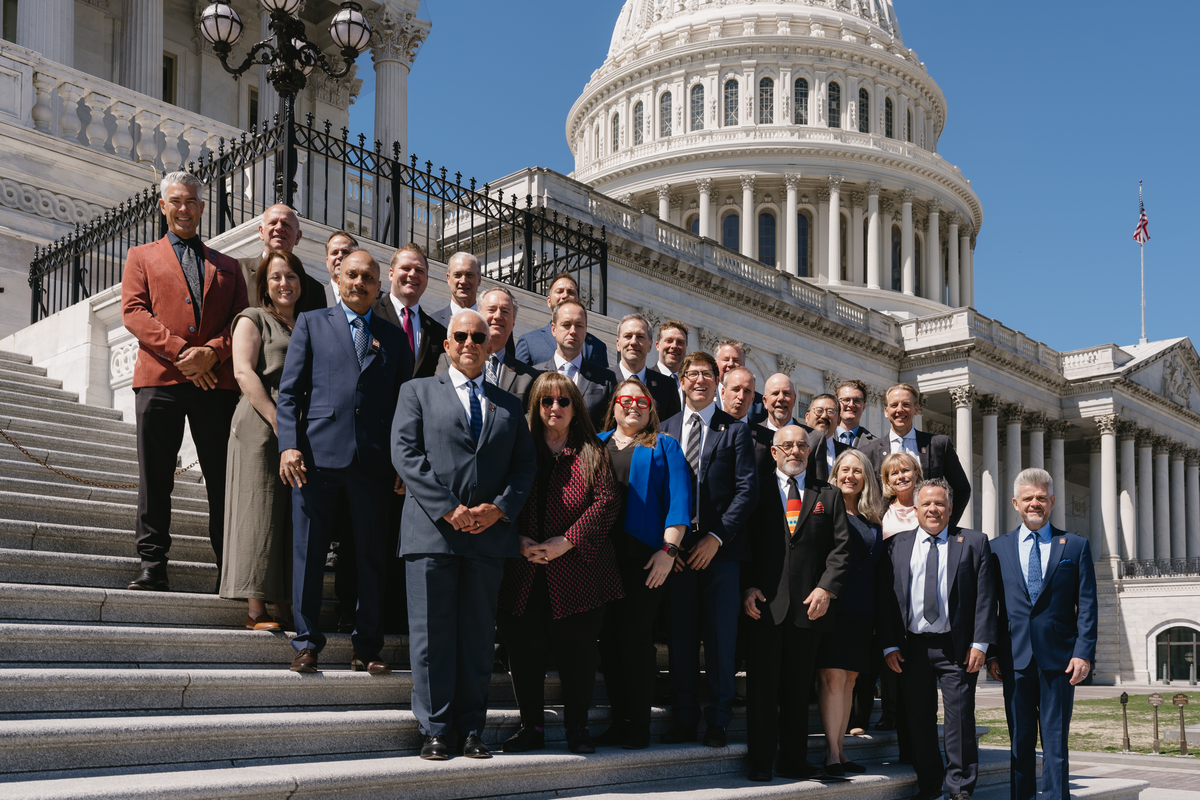Power surges can happen so quickly that you may not even noticed one took place. A quick outage in the kitchen due to a toaster overheating or a microwave having too much power for an outlet can cause quick surges that only last for a second until the outlet reset is triggered. The majority of homes experience many small power surges throughout any given day.
Most of these power surges are internally generated but even small surges sent through the wiring can cause damage to smart home devices.
As a professional integrator, I’ve found that if home doesn’t have a whole-home surge protection system in place, there are several reasons to install one.
Related: Protecting Sensitive Electronics with SurgeX Smart Home Power Management Products
Internally Generated Power Surges
Most power surges are considered transient or very short in nature and come from appliances in the home, such as air conditioners, electric ovens, microwaves, and toasters. A few small surges won’t cause any major damage to a home’s electrical system, but over time these surges can degrade the performance of appliances and electronics.
Protecting the Home’s Electrical System
A whole-home sure protection system’s main purpose is to protect appliances, electronics, and smart devices from harm. It is also protecting the home’s entire electrical system. When a small surge occurs from an appliance, it will send the surge back to the breaker panel where it is shunted. This protects all of the other existing electrical devices in the home.
Having a power surge protection system protects every outlet in the house. You can make sure a home is protected from its electrical system by testing ground fault circuit interrupters (GFCIs) and arc-fault circuit interrupters (AFCIs) at least once a month.
Protecting Electronic Devices in the Home
Homes today have more electronic devices and electrical equipment than ever before. Modern appliances have circuit boards that need to be protected from power surges. Even LED lights contain circuit boards that are sensitive to surges in power and can be easily damaged.
Households also have increased in the number of computers, tablets, and other devices that hold personal information. These devices can be safeguarded and protected from losing information in the instance of a power surge by a whole-home protection system. The system will ensure that the outlets where devices are plugged in are protected from internal or external power surges.
Layering a Home for Power Surge Protection
If a home is equipped with an elaborate home entertainment system or other expensive electronic devices, it is a good idea to speak to a professional electrician about layering it with whole-home power surge protection. If a small kitchen appliance sends a surge through a shared circuit, then the outlets on that same circuit can be compromised. This is why you don’t want to just plug devices into a small surge protector at the circuit panel.
Having a layered system directly connected to the electrical panel and at the point of use will provide the best protection for your home. The best option with surge suppression to handle shared circuits will be a power conditioner that acts as a buffer between the outlet and the system.
Finding the Right System
There are several whole-home power surge protection systems for various voltages on the market. The average home with a 120-volt service can use an 80kA-rated surge protector because surges over 50kA are not typical. An average sized home should not be receiving surges over 10kA.
Homes with subpanels need to seek protection of half the kA rating of the main electrical unit. However, if the home is located in an area prone to lightning storms, then a surge protector with an 80kA rating would be the best system.
The homeowner needs to understand the different brands of whole-home surge protection systems as they are not all equal and they should always pay the extra amount for an extended warranty. Speaking with a licensed electrician can give the homeowner the best information before deciding on which system suits their home.
Protecting a home and the devices contained within from power surges is an important part of home safety. Instead of having multiple portable surge protectors throughout a home, installing a whole-home sure protection system is the best way to ensure the home is safe.








